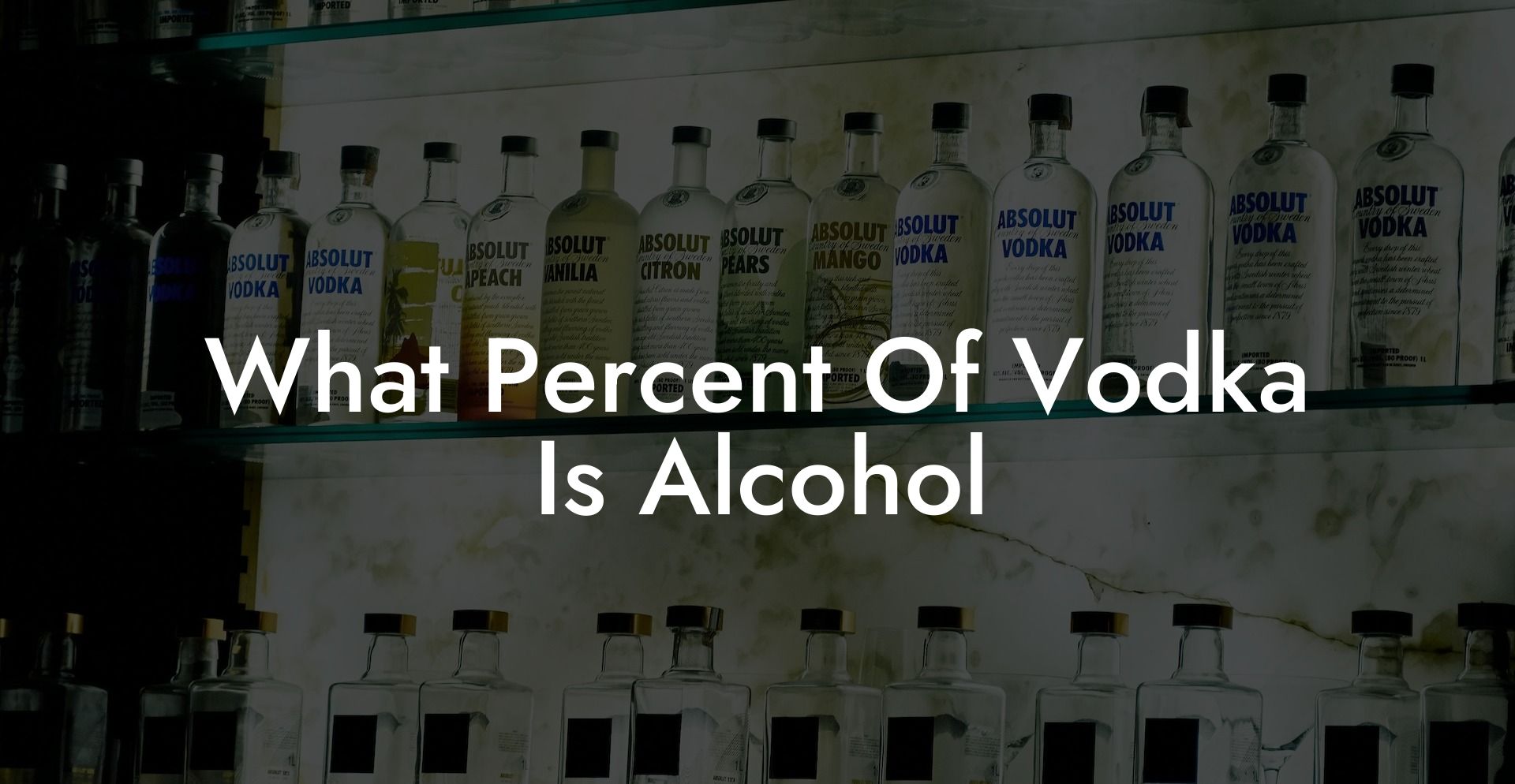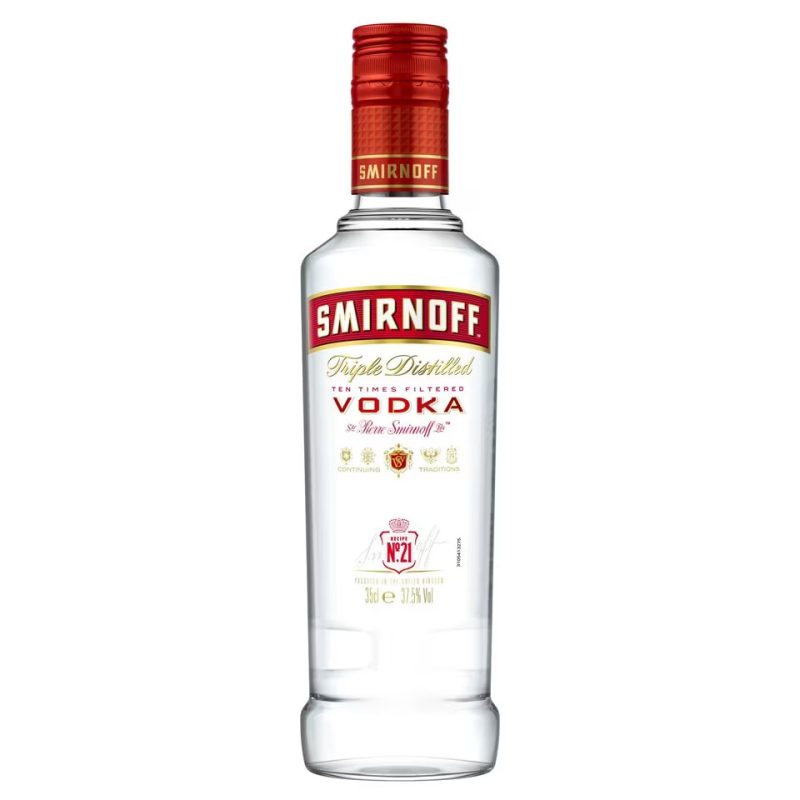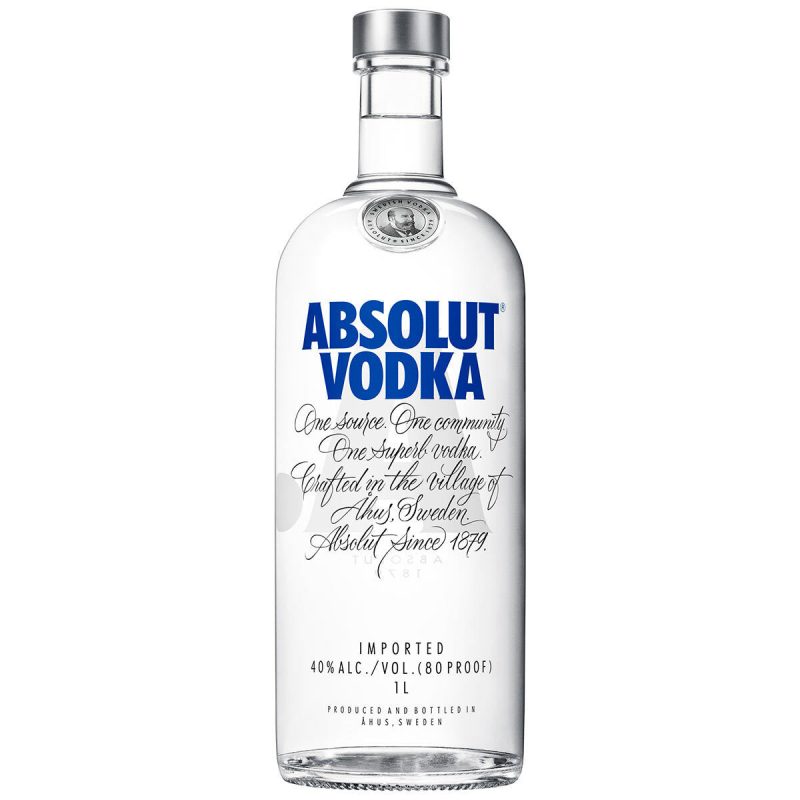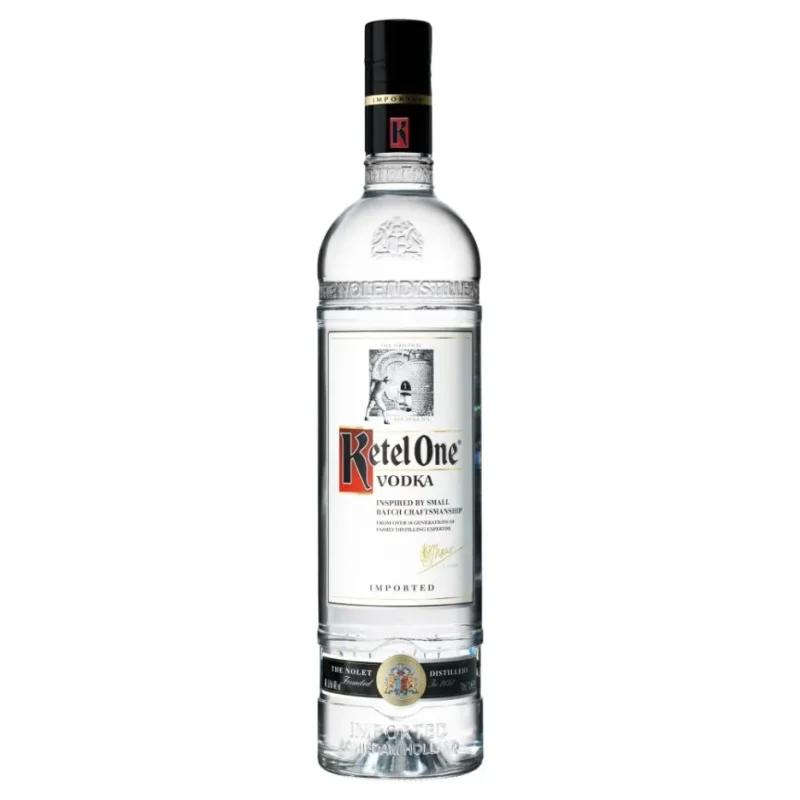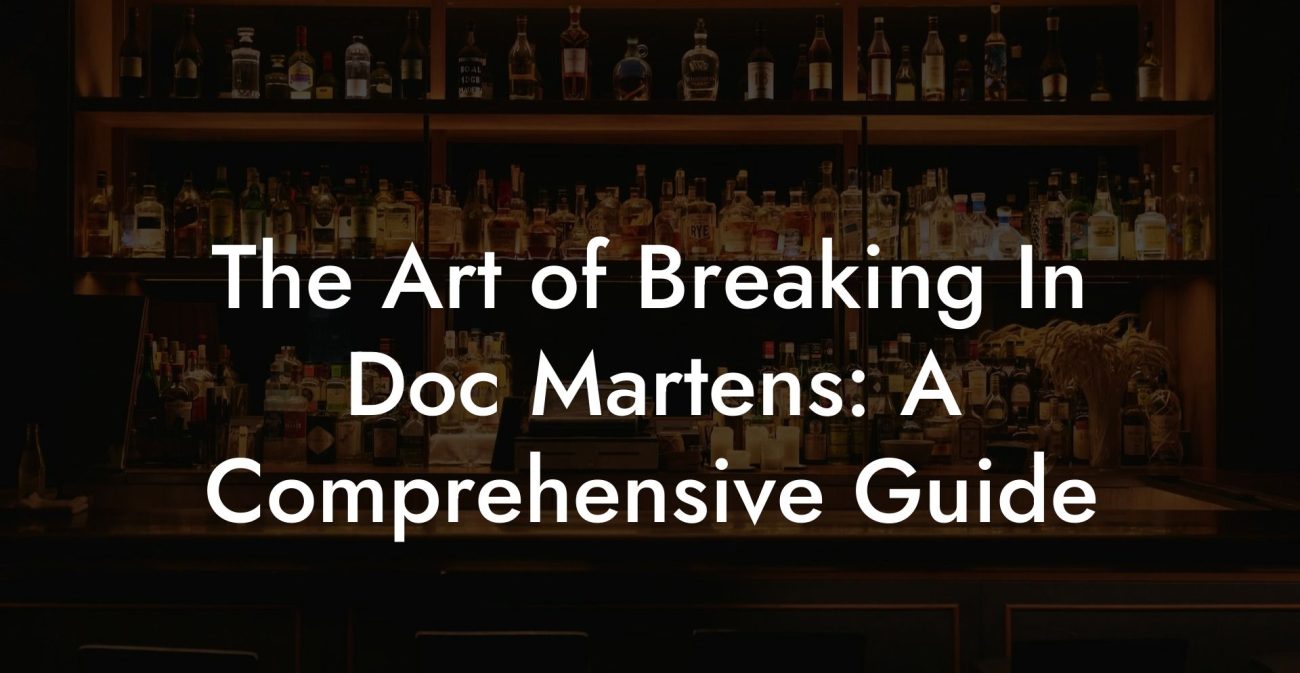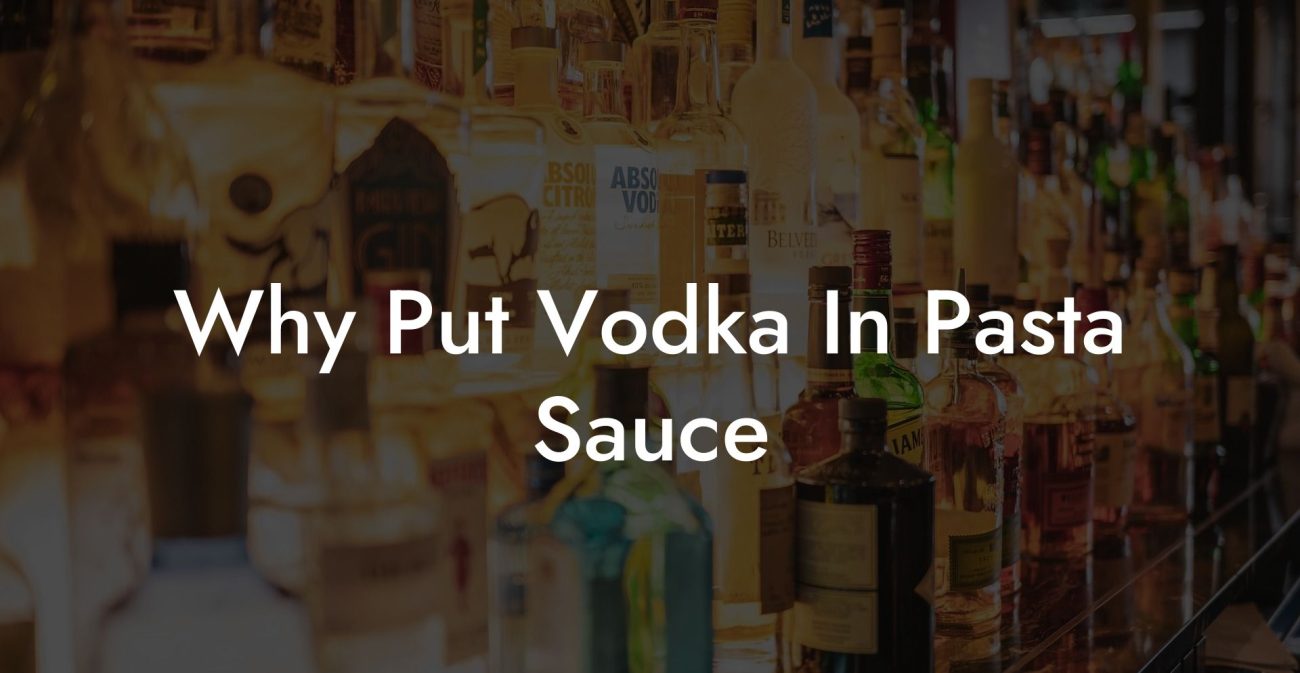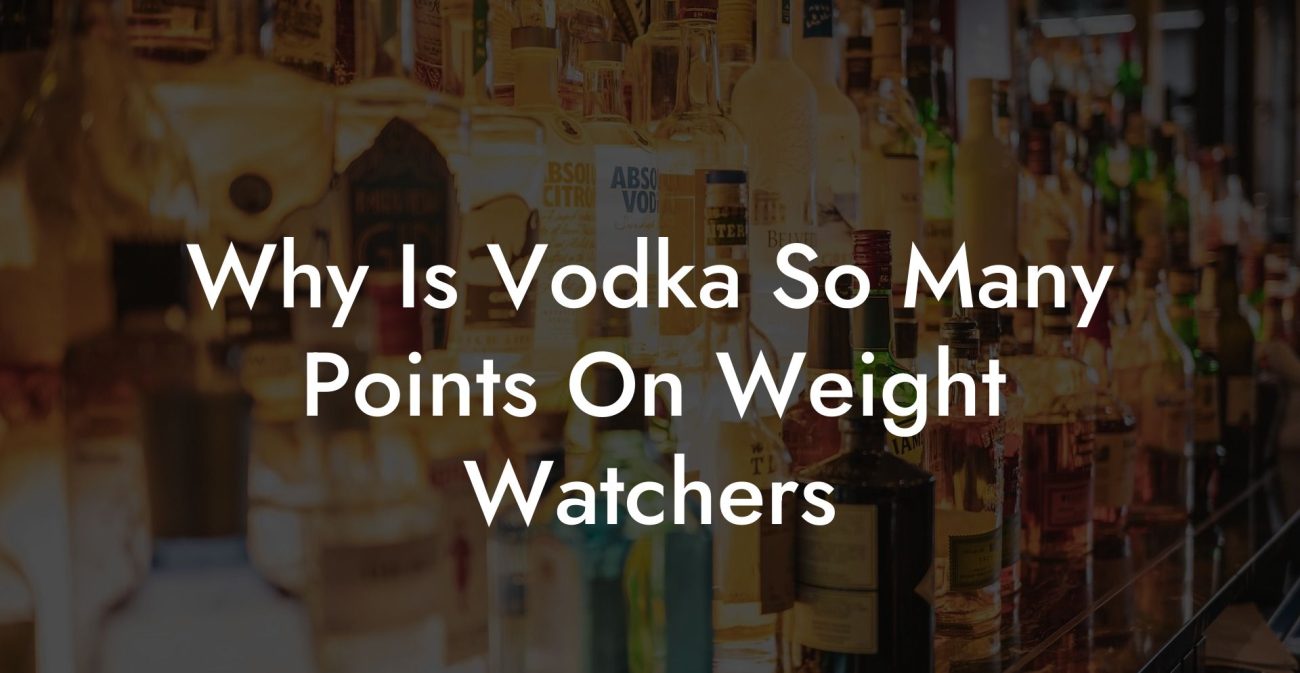Are you a vodka enthusiast or an aspiring mixologist looking to expand your knowledge on this popular distilled spirit? You've come to the right place! In this informative article, we will discuss the alcohol percentage of vodka, delving into what it means, how it affects the taste, and what factors influence this important aspect of vodka production. So, let's raise a glass and learn a little more about this beloved and versatile beverage.
Best Budget Vodkas Ranked
Understanding Alcohol Percentage in Vodka
Alcohol percentage, also known as alcohol by volume (ABV), refers to the amount of pure ethyl alcohol present in a given volume of an alcoholic beverage, expressed as a percentage. The higher the ABV, the stronger or more potent the alcoholic drink.
Standard Alcohol Percentage in Vodka
The alcohol content in vodka varies depending on the region and brands, but there is a general standard many vodka producers follow. In the United States, vodka must be a minimum of 40% ABV according to the regulations set by the Alcohol and Tobacco Tax and Trade Bureau (TTB). Many European and other international brands also follow this standard, making 40% ABV (or 80 proof) a widely accepted baseline for vodka.
Why the 40% ABV Standard?
The 40% ABV standard came about due to historical preferences, taxation, and regulations. In the past, the desired alcoholic strength for certain spirits was easier to assess using a simple test called the "gunpowder test." To pass this test, an alcohol-soaked gunpowder had to ignite, which it would do if the alcohol was around 57% ABV, equivalent to 100 proof in the UK and 114 proof in the US. This strength was important for sailors and the Royal Navy as it ensured gunpowder would still ignite if alcohol was accidentally spilled on it. However, vodka, being a distinct category of spirits, settled on the 40% ABV standard, both for taste and regulatory reasons.
Factors Influencing Alcohol Percentage in Vodka
Several factors can affect the alcohol content in vodka, including the ingredients, distillation process, and filtration. We'll explore each of these factors below:
- Ingredients: Vodka can be made from various ingredients, such as potatoes, wheat, corn, or even grapes. The sugar or starch content in these ingredients plays a role in the alcohol percentage, as well as the final taste and texture of the vodka.
- Distillation Process: The distillation process separates the alcohol from the other components in the fermented mixture. The more times the vodka is distilled, the higher the alcohol content and purity of the vodka.
- Filtration: Filtration is another method to improve the taste and purity of vodka. Some producers use charcoal, quartz, or other materials to remove impurities from the vodka, potentially affecting the alcohol content and altering the final product's flavor profile.
Variations in Alcohol Percentages
While the 40% ABV standard is widely accepted, some vodka brands produce stronger or weaker varieties for different consumer preferences. Here are some examples:
- Lower-Proof Vodkas (below 40% ABV): For individuals seeking a lighter, smoother vodka experience, some brands produce vodkas with an alcohol content of 30-35% ABV. These vodkas typically have a milder taste and lower caloric content.
- Higher-Proof Vodkas (above 40% ABV): Premium brands often produce higher-proof vodka varieties, reaching up to 50% ABV or higher. These vodkas are known for their more intense and complex flavors and a stronger alcohol "burn."
What Percent Of Vodka Is Alcohol Example:
Imagine you're considering trying two different vodkas: Vodka A, which is standard at 40% ABV, and Vodka B, which is a high-proof option at 50% ABV. Vodka A will provide a smoother, more classic experience, while Vodka B will be more intense, with a stronger flavor and alcohol presence. Knowing the alcohol percentage will help you make an informed choice based on your personal preferences and tolerance.
Frequently Asked Questions
What is the typical alcohol percentage found in vodka?
Vodka typically contains an alcohol content ranging from 35% to 50% by volume. The standard alcohol by volume (ABV) for vodka in the United States is 40%, which means that vodka is comprised of 40% alcohol and 60% water and other components.
Can vodka have an alcohol content higher than 50%?
Yes, some premium or specialty vodkas may have an alcohol content that is higher than 50%, but these are less common and are usually labeled as "high proof" or "overproof" vodkas.
Is vodka's alcohol percentage the same in every country?
No, the regulated minimum alcohol content for vodka varies by country. For instance, in the European Union, the minimum is set at 37.5% ABV, whereas in the United States, it is at 40% ABV.
How is the alcohol content in vodka measured?
The alcohol content in vodka, like in other spirits, is measured by its alcohol by volume (ABV), which indicates what portion of the total volume of the liquid is made up of alcohol.
Does flavored vodka have a different alcohol percentage compared to regular vodka?
Flavored vodkas may have a slightly lower ABV than unflavored ones, often ranging from 35% to 40%, as the addition of flavors can dilute the alcohol concentration.
Is there a difference in alcohol percentage between cheap and expensive vodka?
The price of vodka does not necessarily correlate with its alcohol content. Both inexpensive and pricey vodkas can have similar ABV levels; however, expensive vodkas may offer better filtration and ingredients which can affect taste and quality.
Does the distillation process affect the alcohol percentage in vodka?
Yes, the distillation process can affect the alcohol percentage in vodka. More distillation cycles can lead to higher alcohol concentration, though the final ABV is adjusted by diluting with water before bottling.
Can the alcohol content in homemade vodka be determined?
The exact alcohol content in homemade vodka can be difficult to determine without proper equipment. However, a hydrometer can provide a rough estimate of ABV in homemade spirits.
Are there any health benefits to vodka with lower alcohol content?
Consuming vodka with a lower alcohol content could potentially reduce the risks associated with alcohol consumption, although any amount of alcohol poses health risks and should be consumed in moderation.
Why do some people prefer higher alcohol percentage vodka?
Some individuals may prefer higher alcohol percentage vodka for its perceived purity, strength, and the intensive distillation process that often results in a smoother taste when properly distilled.
How does the alcohol percentage in vodka compare to other spirits?
Vodka generally falls in the middle range of alcohol content for spirits. For comparison, most rums and whiskeys have similar ABVs, while absinthe and grain alcohols like Everclear have a significantly higher ABV.
Can consuming higher percentage alcohol vodka lead to intoxication faster?
Yes, consuming higher percentage alcohol vodka can lead to faster intoxication as there is more alcohol present in less volume of liquid, which can result in a higher blood alcohol concentration (BAC) more quickly.
How can consumers accurately check the alcohol percentage of a specific vodka brand?
Consumers can accurately check the alcohol percentage of a specific vodka brand by looking at the product label, where the ABV is usually prominently displayed.
Is vodka's high alcohol content responsible for its popularity in cocktails?
Vodka's popularity in cocktails can be attributed to its high alcohol content, which offers a versatile base for a wide variety of drink recipes, and its generally neutral taste that does not overpower other ingredients.
Does the color of the bottle indicate the strength of vodka?
No, the color of the bottle does not indicate the strength or alcohol percentage of vodka. Bottle color is often a branding choice and may be used to protect the spirit from light exposure, but it is not related to alcohol content.
Does higher alcohol content mean higher quality vodka?
Higher alcohol content does not necessarily mean higher quality vodka. Quality is more influenced by the distillation process, ingredients, and texture rather than by alcohol percentage alone.
How does the Alcohol and Tobacco Tax and Trade Bureau (TTB) regulate vodka's alcohol content?
The Alcohol and Tobacco Tax and Trade Bureau (TTB) in the United States establishes regulations that ensure the proper labeling of vodka, including accurate representation of ABV. The TTB also enforces a minimum ABV of 40% for vodka.
Can the body process vodka with higher alcohol content differently?
The body processes all alcohol the same way, but vodka with higher alcohol content can overwhelm the liver if consumed in large quantities and lead to faster intoxication.
Is it true that vodka with higher alcohol percentage has fewer calories per serving?
While pure alcohol does contain calories, drinking higher alcohol percentage vodka does not necessarily mean fewer calories per serving, as the calories come from alcohol itself. The stronger the drink, the more alcohol, and the more calories consumed.
Do different countries have different ways of describing vodka's alcohol content?
Yes, different countries may describe alcohol content in different terms such as ABV (Alcohol By Volume) used internationally, proof used in the United States, which is twice the ABV, or other local measuring techniques.
Does chill-filtering vodka affect its alcohol percentage?
Chill-filtering vodka is a method used to remove impurities and can lead to a smoother taste profile but does not have a significant effect on the alcohol percentage of the vodka.
Now that you have a better understanding of vodka's alcohol percentage and how it influences the taste and characteristics of this popular spirit, you're well on your way to becoming a more informed vodka enthusiast. Feel free to share this article with friends and fellow vodka lovers. Take the opportunity to browse through other informative and engaging articles on Vodka Doctors to learn even more about your favorite spirit. Raise a toast to your newfound vodka knowledge – cheers!

